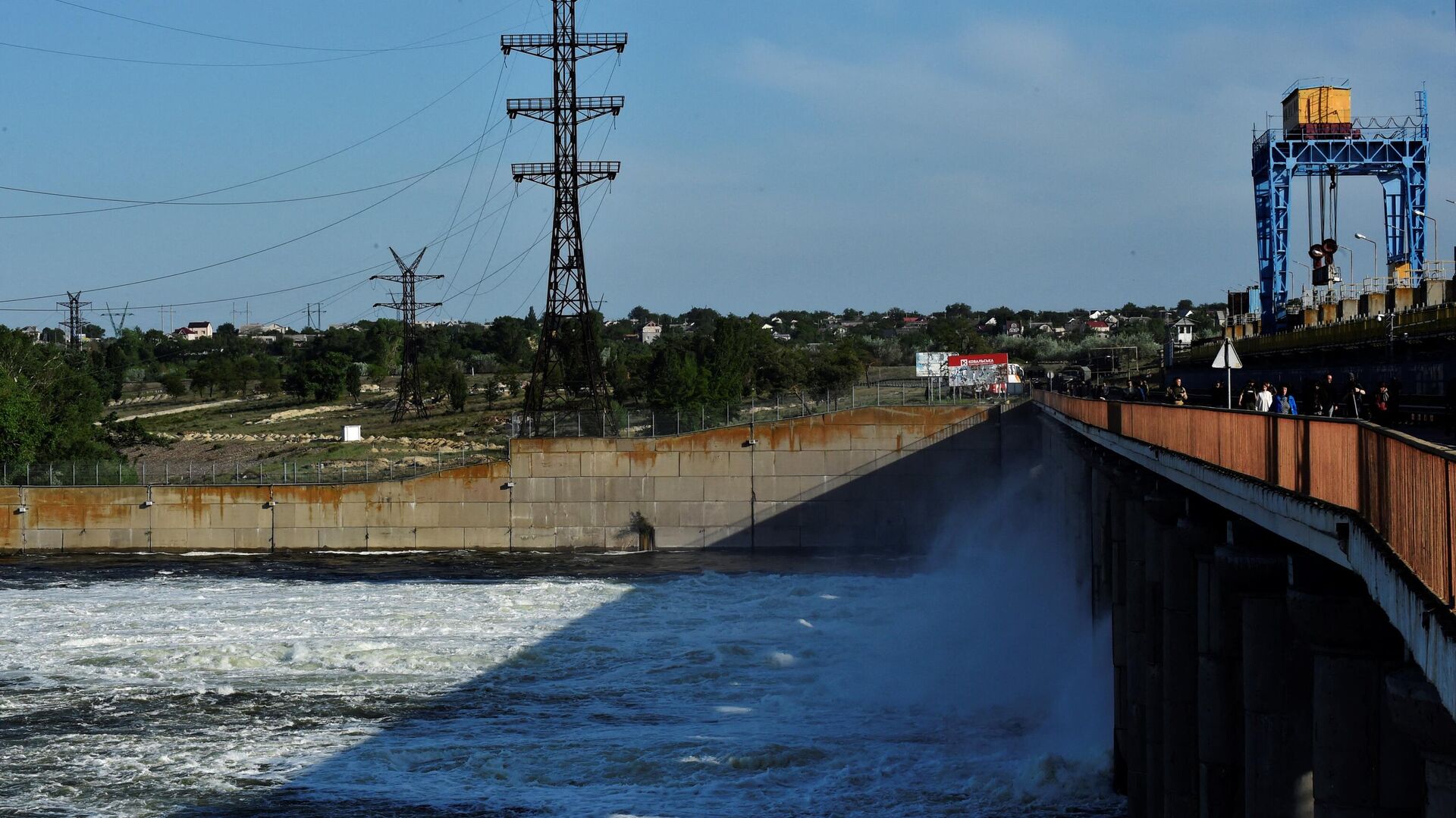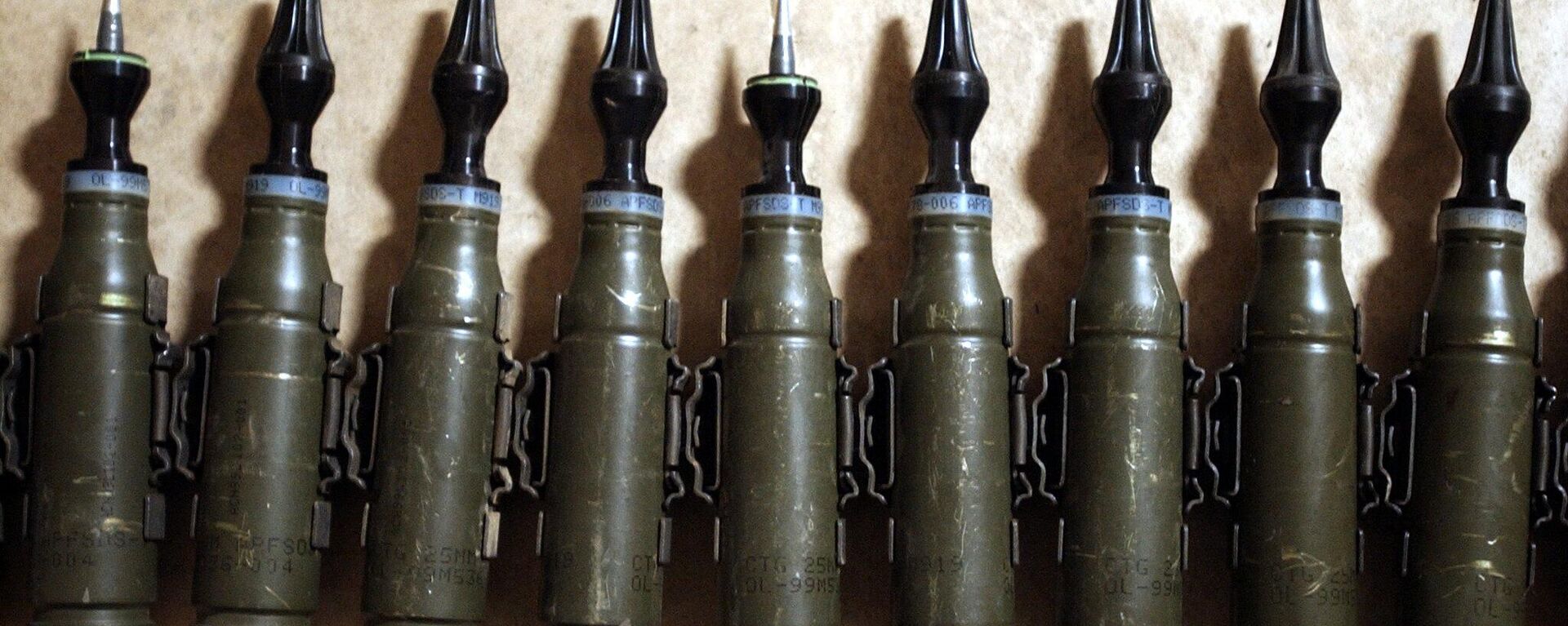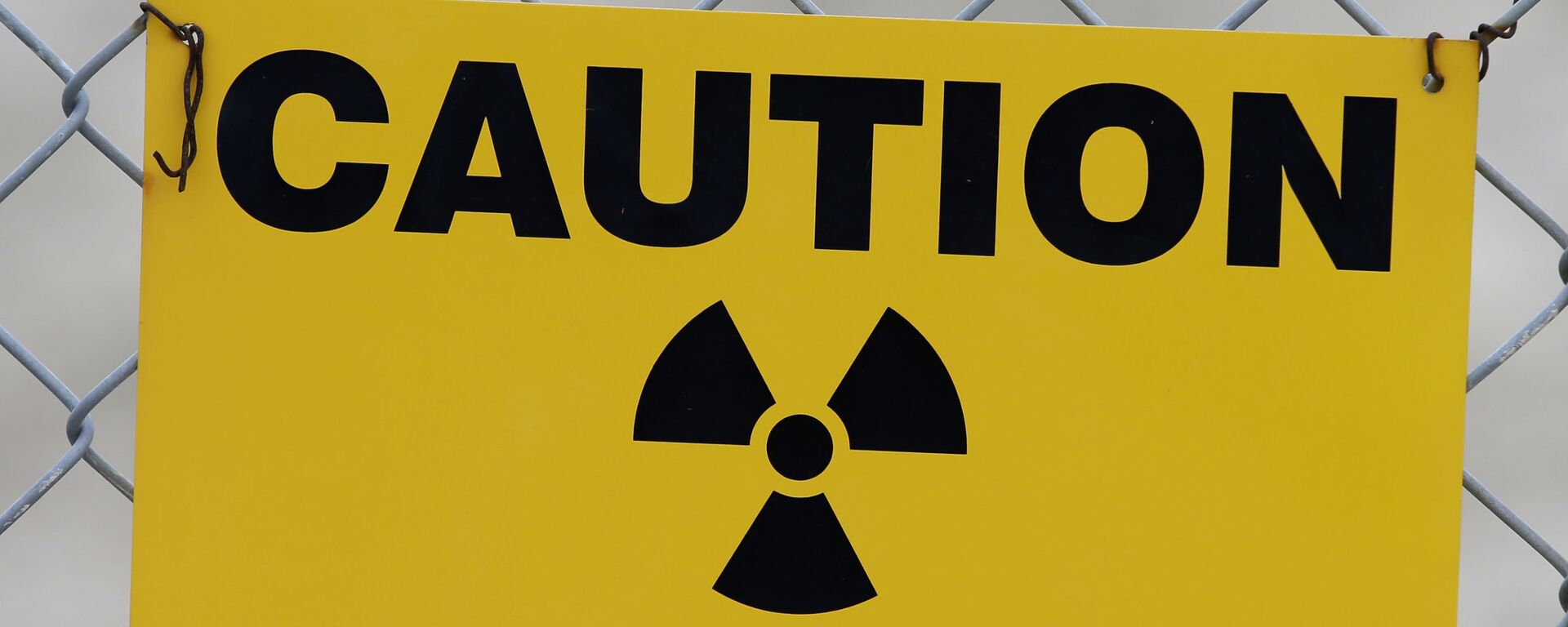Mad Max Reality: Kiev's Blast of Kakhovka Dam Has New Hidden Nuclear Risks
14:26 GMT 13.06.2023 (Updated: 14:52 GMT 13.06.2023)

© AFP 2023 / OLGA MALTSEVA
Subscribe
The Kakhovka dam damage is fraught with nuclear risks which have so far remained neglected both by the Kiev regime and the West, Dr. Christopher Busby, physical chemist and scientific secretary of the European Committee on Radiation Risk, told Sputnik.
The Kiev regime attacked and damaged the dam of the Kakhovka Hydroelectric Power Plant (HPP) on June 6, leading to the destruction of its upper part and the uncontrollable release of a huge amount of water down the Dnepr River. However, the sabotage has posed risks upstream, too, given that water from the Kakhovka reservoir is used to cool the Zaporozhye Nuclear Power Plant's (NPP) six reactors and spent fuel storage. International Atomic Energy Agency (IAEA) head Rafael Grossi has recently warned that the dam's water levels are reportedly continuing to fall in the reservoir, causing a possible difference of about two meters. Per Grossi, the height of the water is crucial for the continued operability of the water pumps used for the NPP cooling.
"I warned in an earlier article about the dangers of loss of cooling water if the dam on the lake was destroyed to the extent of draining the lake," Dr. Christopher Busby told Sputnik. "The dam has now been destroyed. The question now is how far will the water level fall, and where is the cooling intake pipe relative to the depth of water? It may be that the pipe can be built up and extended to where the water ends up. It may be (and let us pray) that some other technical sticky tape solution can be devised. But the situation is a very serious one."
However, it is not the only risk related to the region's nuclear facilities, according to Busby. He noted that the partial damage to the Kakhovka dam causes flooding downstream and exposes sediment upstream. The physical chemist warned that apart from all the oils, chemicals, dead animals, sewage, and other dangerous stuff ending up on land when the floodwaters recede, there is a missing and invisible hazard: radiation.
"Nuclear power makes large quantities of radioactive substances which are produced when the Uranium atoms are split to provide the energy. The Zaporozhye nuclear power station, which is cooled from the lake, also discharges radioactivity routinely and this stuff ends up in the lake where it is mostly trapped in the sediment at the bottom of the lake. When the dam bursts, this material, or some of it, will end up in the floodwater to be left behind on the shores and in the houses as the water recedes. It is invisible and can only be detected with a Geiger counter, or some other sophisticated device."
But that is not all, per Busby: the river bed of Dnepr could still potentially contain radionuclide elements from the Chernobyl disaster of 1986. These elements remain radioactive for a time period defined by the concept of "half-life" which is the time that it takes for half of the radioactivity to disappear as the radionuclide decays into a different element, giving off radiation in the process, the scientist explained.
"Strontium 90 and Cesium 137 have half-lives of about 30 years," Busby said. "Since the Chernobyl disaster was in 1986, almost half of the releases into the water table draining to the Dnepr is still there. For the Plutonium and Uranium particles, the half-lives are so great that it can be assumed they are all there. When the floods recede, there will be this Chernobyl radioactivity exposed as sediment dust in houses and on the ground. Upstream the sediment is exposed also. This is a radiation hazard. When dried out, the radioactive dust is re-suspended and is inhaled. This is just science: it has been studied and is well understood."
Busby appears to be deeply concerned about the seemingly lax attitude to the nuclear contamination issue demonstrated by both the Kiev regime and the West. In his previous interviews with Sputnik, Busby raised the alarm over London's decision to arm the Kiev regime with depleted uranium ammunition and a subsequent huge explosion in the Western Ukrainian town of Khmelnitsky in May resulting in nothing short of a radioactive cloud. Per Russian Security Council Secretary Nikolay Patrushev, the Ukrainian forces secretly stored the UK-provided depleted uranium ammo in the town.
In May, the veteran chemical physicist lambasted the Ukrainian authorities over the continuous shelling of the Zaporozhye NPP, conducted by the Ukrainian armed forces and nationalist battalions on a regular basis since the time the NPP came under Russia's control.
The Kiev regime's nuclear adventurism does not end here: the Russian Ministry of Defense has repeatedly warned about a potential Ukrainian false flag operation involving a "dirty bomb," i.e. an explosive device loaded with radioactive materials. The Western mainstream press has been routinely downplaying or neglecting the issue, as well as Kiev's apparent prowess to create atomic weapons and Ukrainian President Volodymyr Zelensky's remark about dropping the non-nuclear status made at the Munich Security Conference on February 19, 2022.
On top of that, the Ukrainian press has openly discussed Kiev's options to create nuclear arms in five-seven years, or even in the matter of months in case the nation acquires a reactor for the production of weapons-grade plutonium. Per Busby, those who are flirting with the idea of non-peaceful use of nuclear energy in Ukraine are playing with fire.
"Those people who are driving this process towards an eventual nuclear exchange have no idea what it will be like. I have studied the effects of radiation on life, not just human life, but all life. The calculations made by those who war-game nuclear exchanges are based on false and obsolete science. The reality is very like Mad Max. In this case Hollywood got it right," Busby concluded.





